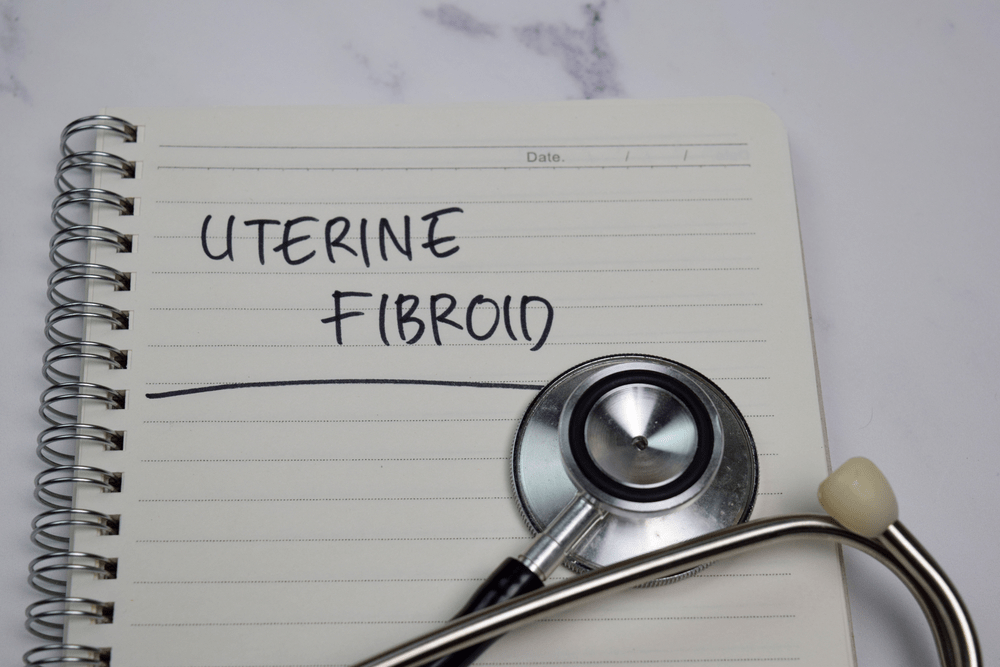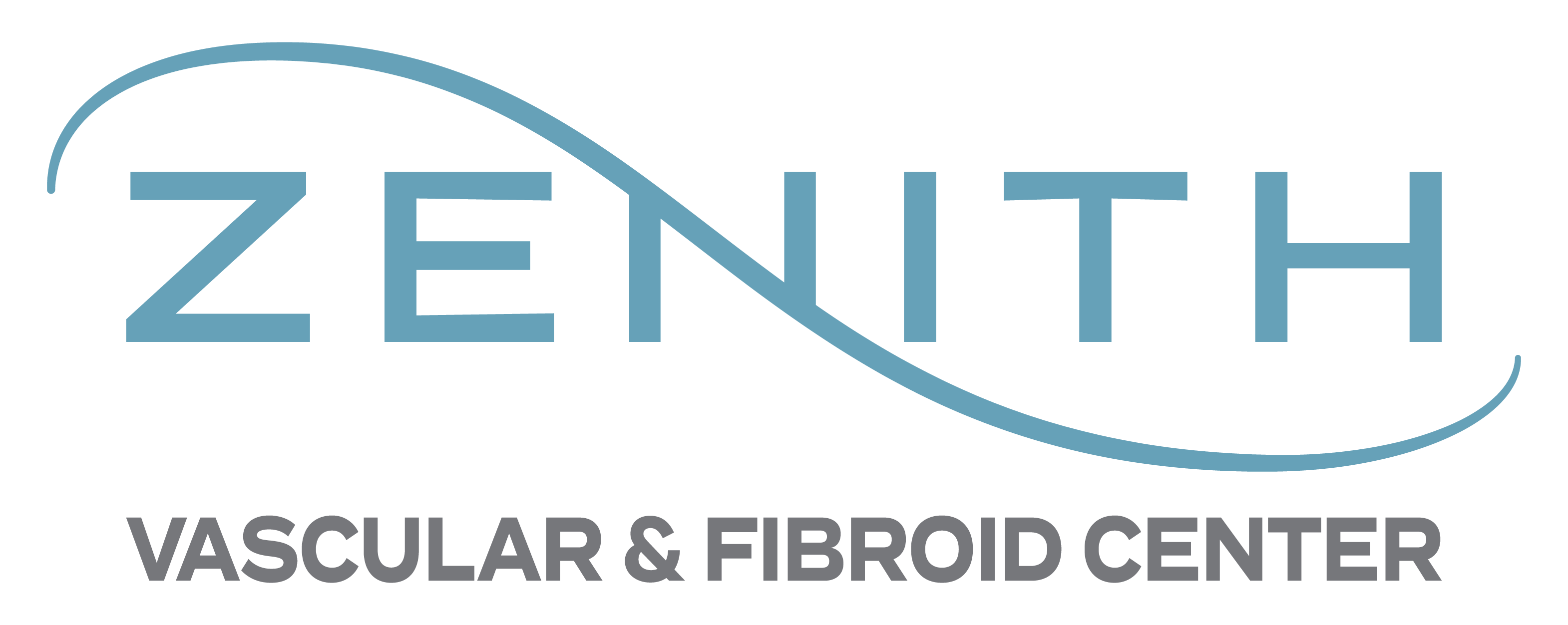How Is Uterine Fibroid Embolization Performed
Women with uterine fibroids can experience heavy bleeding, frequent urination, and pain during intercourse. Without treatment, this condition can cause severe discomfort and interfere with a woman’s quality of life. A minimally invasive treatment that we perform to help women with this condition is called uterine fibroid embolization atlanta. At Zenith Health & Aesthetics in Memphis, TN, we offer this minimally-invasive treatment that cuts off blood supply to fibroids, causing them to disappear.

What Happens During Uterine Fibroid Embolization?
Uterine fibroid embolization atlanta is a safe, convenient treatment for fibroids without the need for surgery. It’s a minimally invasive alternative to operations that require extended recovery periods. For women who’d like to minimize the risks involved in treatment and still expect superior results, it’s an ideal choice.
By preventing blood circulation to uterine fibroids, embolization expels and removes these unwanted growths from a woman’s body. This treatment is performed by a radiology expert and requires minimal to no hospitalization. Thanks to this treatment, women can also enjoy faster healing than surgery and not worry about operations that can affect their future fertility.
Preparing for the Treatment
Preparation for the treatment should be straightforward. First, we’ll ask you about all drugs and forms of medication you take, including natural medicines. We may also ask you to list down all your known allergies to ensure that there won’t be any interference with anesthesia and contrast materials that are to be used.
During your initial consultation, we might advise you to stop taking aspirin and other anti-inflammatory medications. We may provide you with a complete list of foods and drinks to avoid, to minimize the chances of having your appointment canceled. Your body should be in the right condition for the treatment. If we have advised you to take medicines right before the treatment, you may only consume a light snack or a bottle of water.
Will Anesthesia Be Necessary?
It’s also possible that you may be given a sedative around an hour before the operation to help you relax. However, there’s nothing to worry about, because it will not put you to sleep. You need to be awake during the treatment because we might give you some additional orders to follow.
Performing the Treatment
A small flexible tube will be inserted into a blood vessel in your upper thigh. The surgical drip will sterilize the region of your body in which a catheter will be placed. This catheter then injects a substance known as contrast material into your body. You will sense a warm feeling as it rises to the uterus.
In real-time, the radiologist projects x-rays on a video screen to examine the arteries in your body. The specialist will then direct the catheter into the arteries that supply blood flow to your uterine fibroids. Once the target arteries have been located, the radiologist will inject a solution of polyvinyl alcohol particles into these uterine arteries. These particles will then accumulate and obstruct blood flow into your uterine fibroids, therefore killing them.
How Long Does It Take?
The treatment shouldn’t last long. Typically, one treatment session lasts between one to three hours. The duration of your treatment depends on the catheter being used and how difficult or easy it is to pinpoint the arteries targeted by the treatment.
By the end of the treatment, we will remove the catheter from your body and apply pressure to the injection site. We will keep the area compressed for several minutes until the bleeding has stopped or significantly slowed down. We will clean and dress the area with a bandage. After this final step, we’ll ask you to get a bed rest of at least six hours.
Can You Go Home Right After the Treatment?
You can be sent home after bed rest if you can manage how you’re feeling afterward. If you think you’ll need additional care and attention, you may spend the night for further monitoring in a medical facility. We prioritize your safety and convenience, so it’s important for us to consider how you feel after the treatment and ensure that you get any additional support as needed.
What’s the Success Rate?
The treatment is a relatively safe and convenient method, with success rates as high as 85%. Many people who have undergone this treatment have enjoyed a significant improvement in their symptoms. Women with heavy menstruation find that their flow adjusts to normal after the treatment.
In contrast to other fibroid treatments, embolization can target most, if not all, fibroids in the uterus. This treatment is an excellent option, not just for those who have a high number of uterine fibroids. Even women dealing with only a small number of fibroids also experience good results and benefits from the treatment.
Self-Care and Recovery After the Treatment
After the treatment, you should expect to feel better every single day. Still, it’s likely that you’ll get exhausted quickly and will need to take pain medication for several days. Normally, women need about a week or more to recover completely. During this time, you may observe light vaginal bleeding or brownish vaginal discharge. These are normal occurrences and should not cause you to feel alarmed.
Lifestyle changes
Having adequate sleep will help you feel better after the treatment. We advise you to try walking every day but do not overexert yourself. Walking improves blood circulation and helps prevent infections and constipation. Avoid challenging exercises such as weight lifting and aerobics for a few weeks.
When it comes to hygiene, it’s safe for you to take warm showers, but try not to take a bath for a couple of days. You may wear sanitary pads in case of bleeding but refrain from using tampons or menstrual cups.
Diet and Nutrition
There are little to no dietary restrictions after your treatment. However, it’s best to eat bland, low-fat foods, especially when you’re experiencing an upset stomach. Drink plenty of water to ease your bowel movements and prevent straining. It’s also a good idea to take a daily fiber supplement.
